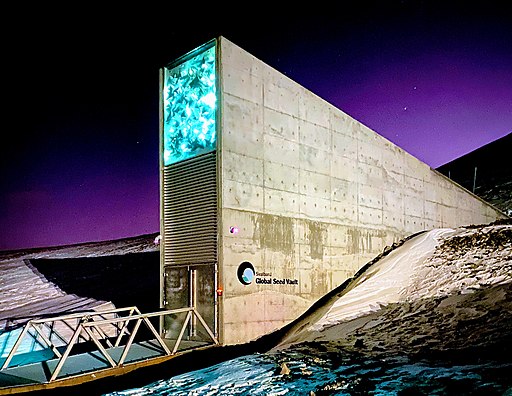Global warming, Part I#
Let’s consider a limited set of climate data, examining temperature differences in 1948 vs 2018. We sampled 172 locations from the National Oceanic and Atmospheric Administration’s (NOAA) historical data, where the data was available for both years of interest. We want to know: were there more days with temperatures exceeding 90°F in 2018 or in 1948? The difference in number of days exceeding 90°F (number of days in 2018 - number of days in 1948) was calculated for each of the 172 locations. The average of these differences was 2.7 days with a standard deviation of 18.5 days. We are interested in determining whether these data provide strong evidence that there were more days in 2018 that exceeded 90°F from NOAA’s weather stations.
Part 1#
Is there a relationship between the observations collected in 1948 and 2018? Or are the observations in the two groups independent?
Answer Section#
For each observation in one data set, there is exactly one specially corresponding observation in the other data set for the same geographic location. The data are paired.
The observations collected in 1948 and 2018 are completely independent of each other, with no relationship between the data sets. The data is unpaired.
The data from 1948 and 2018 were collected using different methodologies and technologies, making direct comparisons inappropriate. The data is unpaired.
Observations from 1948 are used as a control group, while the 2018 data acts as the experimental group, implying a cause-and-effect relationship between the two years. The observations are therefore not paired but are part of a comparative study to measure the impact of time on temperature changes.
Part 2#
Write hypotheses for this research in symbols and in words.
Answer Section#
\(H_0: \mu_{2018} = \mu_{1948}\) (The average temperature in 2018 is equal to the average temperature in 1948 at NOAA stations). \(H_A: \mu_{2018} > \mu_{1948}\) (The average temperature in 2018 is higher than in 1948).
\(H_0: \mu_{2018} > \mu_{1948}\) (The average number of days exceeding 90°F in 2018 is greater than in 1948 at NOAA stations). \(H_A: \mu_{2018} \leq \mu_{1948}\) (The average number of days exceeding 90°F in 2018 is not greater than in 1948).
\(H_0: p_{2018} = 0.5\) (The proportion of days exceeding 90°F in 2018 is 50%). \(H_A: p_{2018} ≠ 0.5\) (The proportion of days exceeding 90°F in 2018 is not 50%).
\(H_0: \mu_{diff} = 0\) (There is no difference in average number of days exceeding 90°F in 1948 and 2018 for NOAA stations). \(H_A: \mu_{diff} ≠ 0\) (There is a difference).
Part 3#
Check the conditions required to complete this test. A histogram of the differences is given.
Answer Section#
Locations were randomly sampled.
Observations within pairs are independent.
Sample size is adequate.
Outliers are extreme.
Observations within pairs are dependent.
Part 4#
Calculate the test statistic.
Answer Section#
Please enter a numeric value in.
Part 5#
What is the p-value?
Answer Section#
Please enter a numeric value in.
Part 6#
Use \(\alpha = 0.05\) to evaluate the test, and interpret your conclusion in context.
Answer Section#
Since the p-value is less than 0.05, we reject \(H_0\). The data provide strong evidence that NOAA stations observed more 90°F days in 2018 than in 1948.
Since the p-value is greater than 0.05, we fail to reject \(H_0\). The data do not provide strong evidence that NOAA stations observed more 90°F days in 2018 than in 1948.
Part 7#
What type of error might we have made? Explain in context what the error means.
Answer Section#
Type 1 Error, since we may have incorrectly rejected \(H_0\). This error would mean that NOAA stations did not actually observe a decrease, but the sample we took just so happened to make it appear that this was the case
Type II Error, since we may have failed to reject \(H_0\) incorrectly. This error would mean that NOAA stations did actually observe a decrease in the number of 90°F days in 2018 compared to 1948, but the sample we took was not able to provide enough evidence to demonstrate this decrease.
Part 8#
Based on the results of this hypothesis test, would you expect a confidence interval for the average difference between the number of days exceeding 90°F from 1948 and 2018 to include 0?
Attribution#
Problem is from the OpenIntro Statistics textbook, licensed under the CC-BY 4.0 license.
